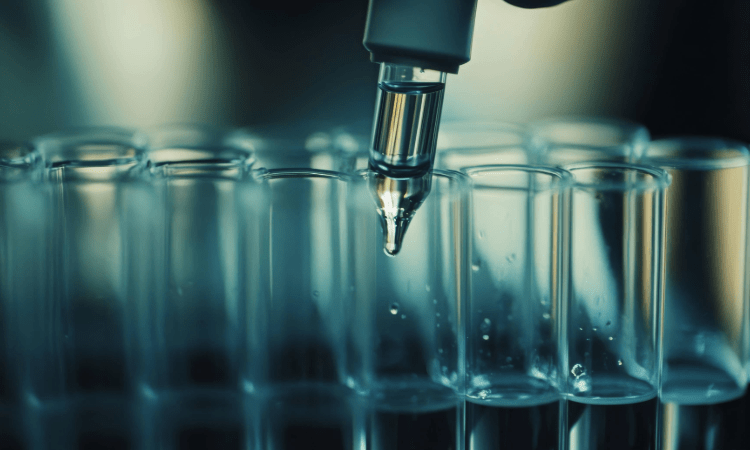What is GLP and Why is it Important? | Laboratory Tests
What You Wonder About GLP.

What is GLP?
GLP stands for "Good Laboratory Practice ” in Turkish and is a system that ensures that laboratory work is carried out in accordance with scientific, ethical and quality standards. It emerged in the 1970s in response to regulatory requirements in the pharmaceutical and chemical industry.
The main objective of GLP is to ensure transparency in the planning, execution and reporting of laboratory tests:
- Ensure transparency in planning, execution and reporting processes,
- Producing accurate, repeatable and reliable results,
- It can be summarized asensuring compliance with international standards.
Why is GLP Important?
- Provides Accurate and Reliable Results: GLP requires certain protocols to be followed in laboratory studies. This ensures that test results are accurate and reproducible. It is vital to obtain accurate results, especially in critical areas such as pharmaceutical, food and environmental analysis.
- Internationally Recognized: Working in accordance with GLP standards makes it easier for laboratories to be recognized internationally. This is a must for companies that export or operate in the global market.
- Ensures Legal and Ethical Compliance: GLP ensures compliance with the requirements of regulatory authorities. At the same time, it enhances the reputation of scientific work by contributing to the protection of ethical principles.
- Cost and Time Savings: A properly planned laboratory study that complies with GLP standards prevents retesting due to erroneous results. This reduces costs and saves time.
Key Elements of GLP
- Documentation: Each test and analysis step must be recorded in detail. These records provide traceability in case of any problems.
- Staff Training: Regular training of personnel is essential for the implementation of GLP standards.
- Instrument Calibration and Maintenance: Regular calibration and maintenance of laboratory equipment is critical to ensure accurate results.
- Standardization: All tests should be performed in accordance with predefined protocols.
- Quality Control: Each stage of laboratory work should be subject to quality control processes.
Advantages of GLP in Laboratory Testing
- Reliable Data: GLP ensures that test results comply with both scientific and regulatory requirements.
- Customer Satisfaction: Reliable results better meet customers' needs.
- Competitive Advantage: GLP compliance helps laboratories stand out in the industry.
- Risk Reduction: Minimizes the legal and financial risks associated with erroneous test results.
Tips for GLP Implementation
- Determine Standard Workflows: Create detailed workflows to carry out laboratory work within certain standards.
- Organize Regular Trainings: Plan periodic trainings to ensure that staff work in accordance with GLP standards.
- Establish Audit and Feedback Mechanism: Conduct regular audits and receive feedback to continuously improve GLP processes.
- Use Quality Management Systems: Utilize digital quality management tools to facilitate GLP compliance.
Nano-lab Laboratories Group continues to provide services under Good Laboratory Practice (GLP).
Contact us for more information.
You can follow us on LinkedIn for up-to-date news and posts about our services.
Follow our Instagram account to be informed about our latest blog posts.

